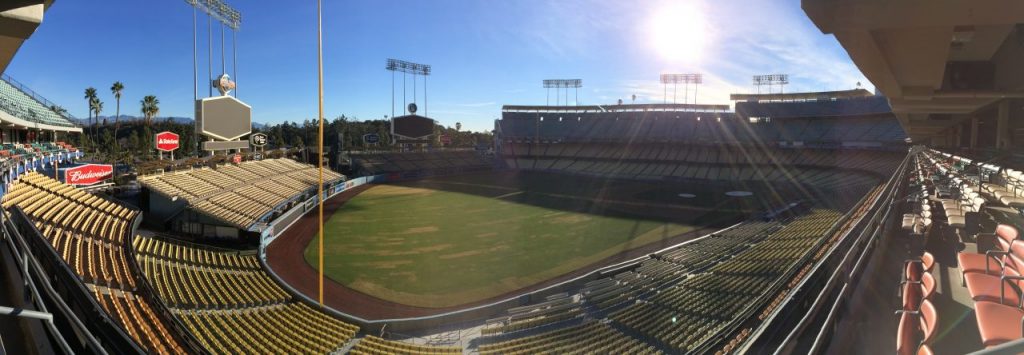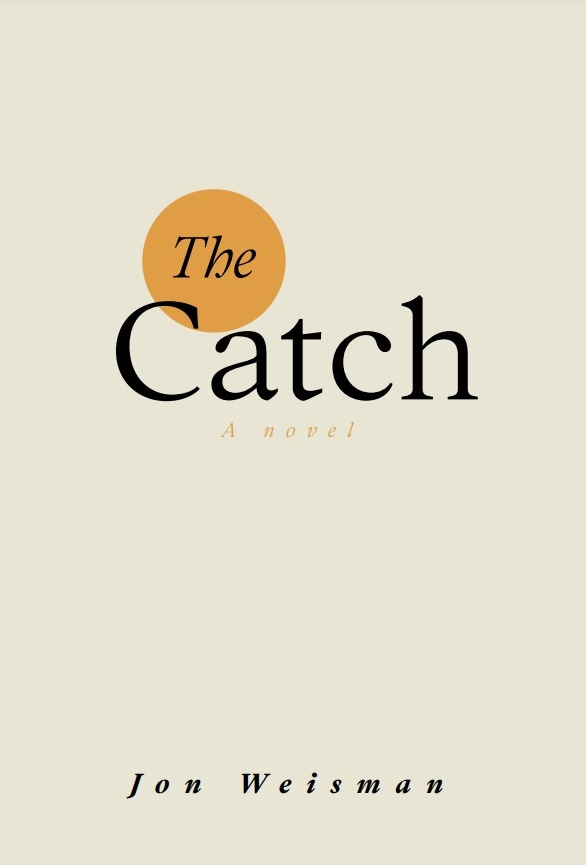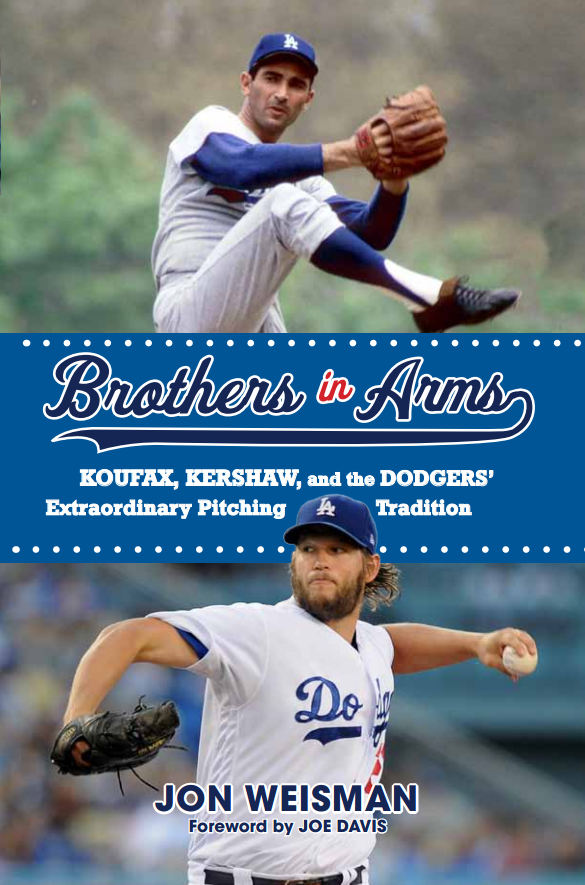The third in a series of at least three, on how close selected Dodger prospects are to the majors …
Dee Gordon
Vitals: SS, bats left, throws right, 5-foot-11, 150 pounds, turns 23 on April 22.
Summary: In 2010, Gordon’s numbers suffered as he moved into Double-A – something that isn’t uncommon among Dodger prospects, as the Southern League represses offense relative to its Single-A counterparts. Gordon’s .332 on-base percentage and .355 slugging percentage were career lows, as was his 72.6 stolen-base percentage (53 of 73). He was also charged with a career-high 37 errors, albeit in a career-high 133 games.
For comparison’s sake: Good luck finding one in recent times. The last homegrown product considered to be a blue-chip prospect at shortstop for the Dodgers was … Jose Offerman. And Offerman made his major-league debut at age 21, despite concerns about his fielding, thanks to an OBP at Double-A and Triple-A of nearly .400. Alex Cora, a fringier prospect, reached Double-A in 1997 at age 21, OPSed .596, and reached the majors a year later in 1998, staying for good in 2000.
Mystery train: Gordon invites divided opinion, because his strengths and his flaws are so glaring. The guy can flat out run, as evidenced by his stolen base and triples totals, and there’s batting potential in the Juan Pierre sense. And though his 95 minor-league errors in 319 games are shocking, scouting reports indicate that they are the kinds of miscues can be ironed out over time; meanwhile, his range and arm are highly praised. Although his father Tom played 21 seasons in the majors, Gordon came to the game relatively late in school, encouraging some to give him the benefit of the doubt. Others don’t see how he’ll grow into a front-line player.
How close is he? In different circumstances, 2012 might seem to be the earliest Gordon would reach the majors, with a starting job not in sight for at least another year after that. However, 2011 likely marks the end of the six-year Rafael Furcal era, and by now it’s safe to expect that that era will include at least one more trip to the disabled list for the otherwise talented Dodger shortstop. While Jamey Carroll has shown he can fill in for Furcal, a prolonged absence conceivably could compel the Dodgers to accelerate Gordon’s timetable, allowing him to reach the majors this summer.
But barring a massive developmental leap, Gordon has at least a solid year in the minors left, save a potential September callup. The Dodgers could be faced with an interesting decision a year from now. Gordon strikes me as someone whose maturation date could be July 2012 – if so, what do the Dodgers do for the first three months of next year? Rush him or find a stopgap?
There’s been some talk that Gordon might eventually move to center field because of his error-filled ways, but with his good buddy Trayvon Robinson looking like a contender, I don’t really see it happening. You just kind of have to hope that Gordon irons out his fielding woes – and if he can, the Dodgers could have their first homegrown shortstop in ages.
Did you know? The Dodgers haven’t had a homegrown five-year starter in the middle infield since Steve Sax.




And then there was … well, fewer than there used to be
By Jon Weisman
On January 13, 2011
In Commenting
After getting over my initial disappointment, I’ve mostly come to terms to the decline of participation in the comments. I have what I think are pretty sound theories about the reasons — including the rise of alternative communities, technical hurdles to commenting here, the commenting guidelines now seeming restrictive, and general feelings about ESPN.
As we move closer to another baseball season, I would love to see the Dodger Thoughts community revive, but I’m wondering if the moment has passed. If you’re of a mind, let me know if there’s anything specific that would encourage you to comment more here. If so, I would push for solutions where I can, but if folks are content to have moved on, I’ll understand.